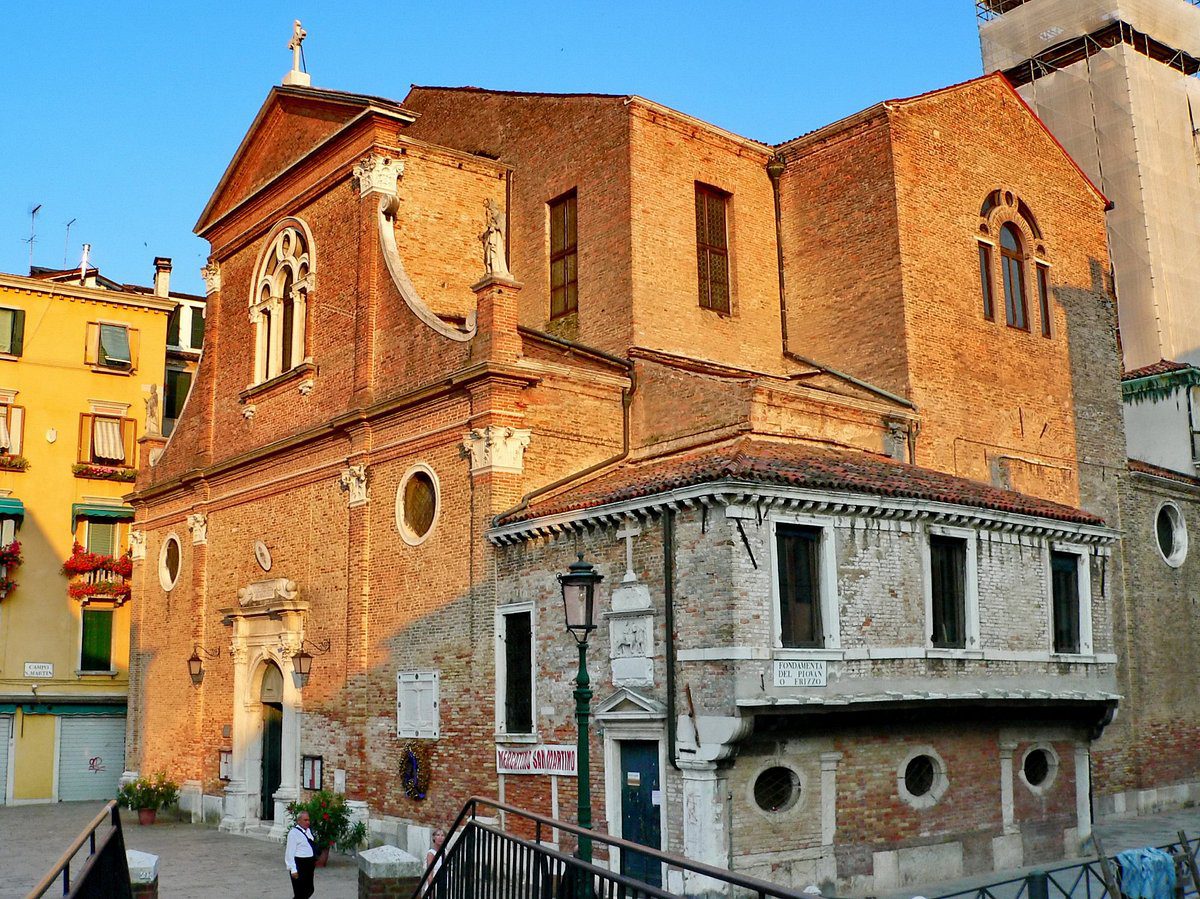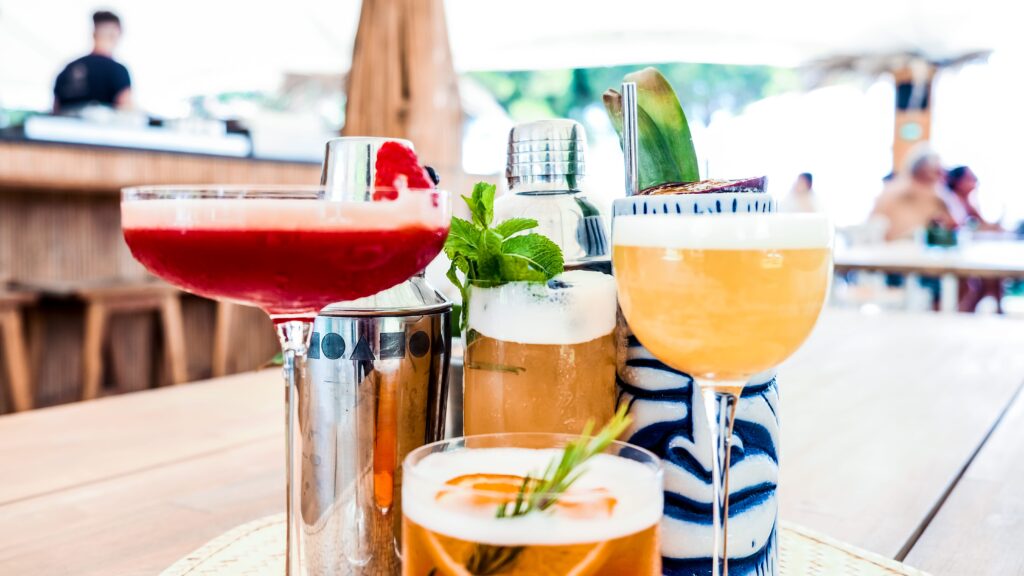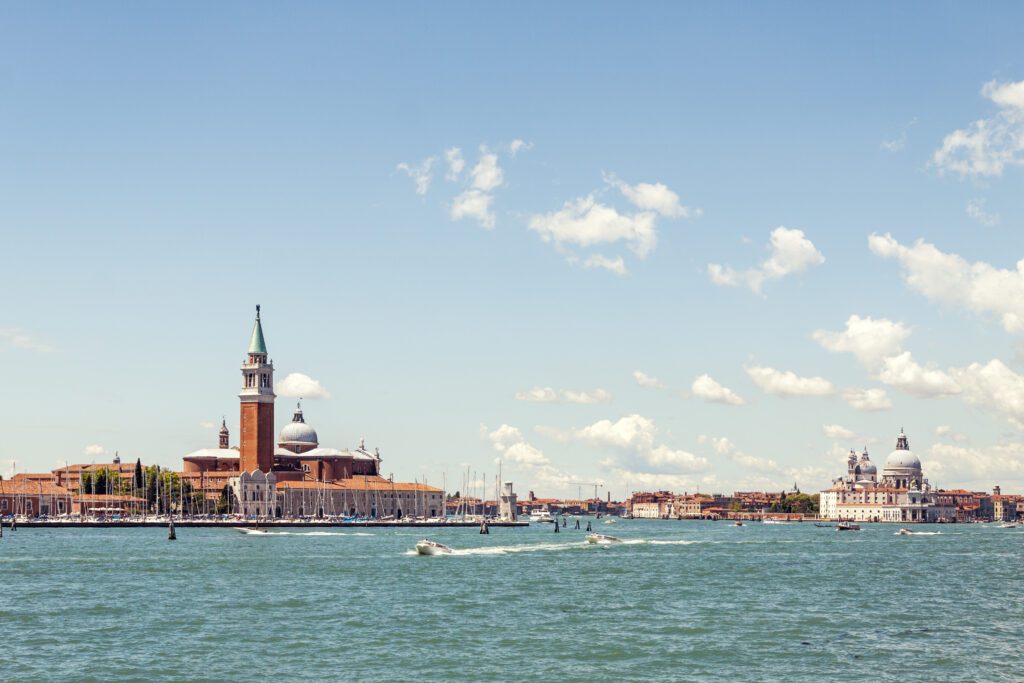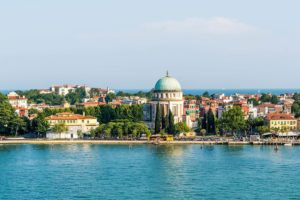San Martino in Venice: Between Folklore and Unique Sweets

An autumn celebration that combines history, flavors, and ancient Venetian traditions, with children as the main protagonists and the scent of new wine.
We are in November, and one of the most cherished autumn celebrations in Venice is fast approaching: the feast dedicated to San Martino, a bishop and soldier originally from Pannonia, today’s Hungary.
Even though modern times may risk causing these traditions to be forgotten, Venice resists, and on November 11th, it is still possible to immerse yourself in a fragment of this unique atmosphere, reminiscent of a time when the feast of San Martino gathered young and old in the streets. Even today, you can encounter groups of children who, with their paper crowns, run through the alleys, armed with pots, lids, and wooden spoons, creating improvised music to attract the attention of passersby and shopkeepers. Amid the scent of chestnuts and red wine, pastry shop windows display San Martino’s sweets, unique in their kind. These biscuits, of various sizes, all take the shape of the Saint on horseback, with a sword and cape, and are decorated with colorful icing, candies, chocolate, and the typical silver balls, commonly called “tooth breakers” because of their marble-like consistency. Invented by Venetian bakers, San Martino’s sweets are never missing from the tables of local residents.
Moreover, unlike the historic center and the islands, in many districts of the Municipality of Venice, San Martino is also celebrated as the “Farmer’s New Year,” marking the end of the harvest and well-deserved rest after the hard work in the fields. In agriculture, the feast of San Martino is indissolubly linked to the tapping of new wine, from which the saying comes: “At San Martino, every must becomes wine.”
But why does Venice have such a close connection with the celebration of this saint? The tradition is linked to the presence of the church of San Martino of Tours, located in the Castello district, near the Arsenal. This church housed some relics of the knight saint, including a piece of his tunic, a phalanx, and a tibia. The latter was ceded to the Scuola Grande di San Giovanni Evangelista in exchange for a sum of money needed to restore the church, with the agreement that every November 11th, the relic would return for one day to its original church.
Between ancient legends and the modern present, Venice hides fascinating stories in every corner. Walking through its alleys means immersing yourself in a world full of millenary stories and ancient secrets. Follow us on Facebook and Instagram to learn more.

The Quarantine Island: The History of the Lazzaretto Nuovo

Summer between Lido and Venice: events and traditions










